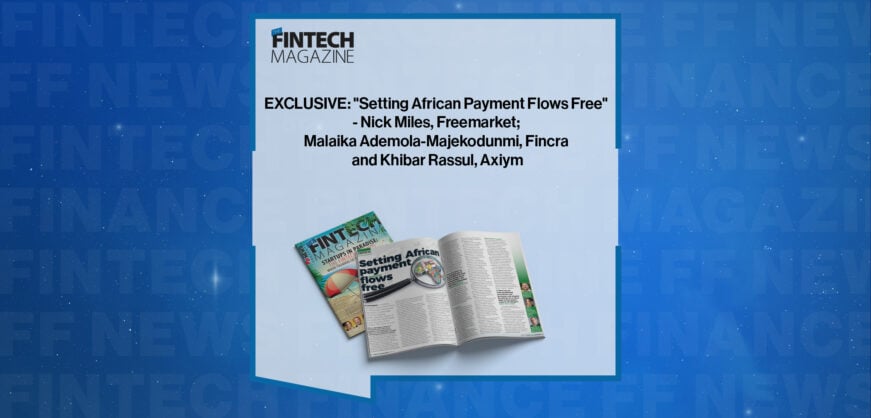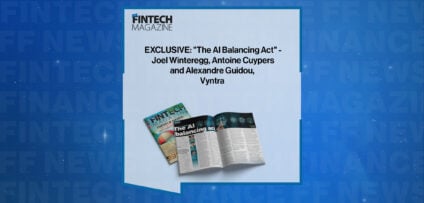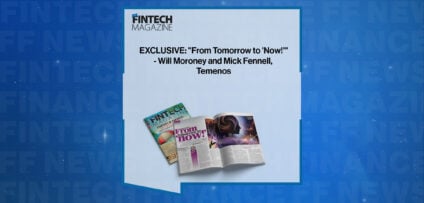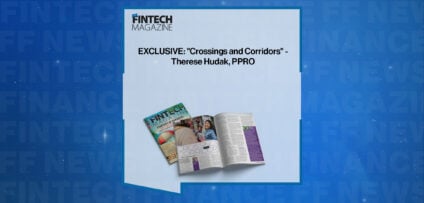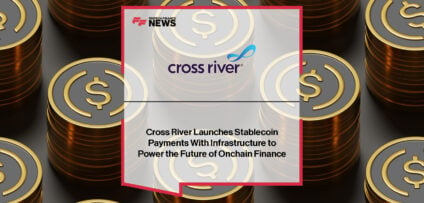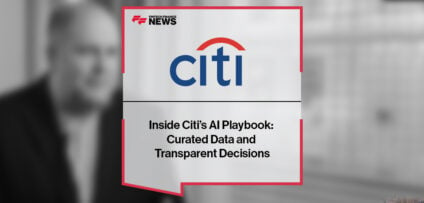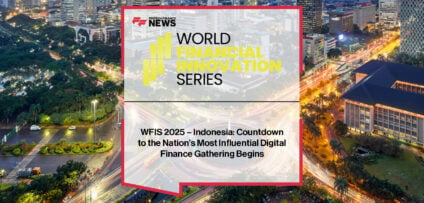Breaking News

What’s next for Apple Card after Goldman Sachs partnership on the ropes?
It was one of the biggest headlines of the last quarter.
After announcing a hugely successful high-yield savings account earlier this year, it would appear that the partnership between tech giant Apple and Goldman Sachs is nearing an end.
According to the Wall Street Journal, Goldman, who are retreating from their consumer banking strategy and beset by huge losses from the Apple Card venture, are being offered a way out by the iPhone maker.
This follows reports of a rocky relationship which, despite resulting in a popular and ground-breaking offering, has not been successful for the bank. It’s also an unfortunate bump in the road for what has been touted as a pioneering pairing in the future of banking.
The news has not been publicly confirmed by either Goldman Sachs or Apple but all recent activity points in the direction of a split. For Apple, who now have a sizable portfolio on their hands, it’s time to find a new partner to take the Apple Card forward. The question is who will it be and does their willingness to part ways with Goldman Sachs mean they already have one in mind?
Here’s a look at the story so far.
Shared history
It’s fair to say Apple is the king of product. Just this week, their stock reached a record high close, bringing their market cap to $3.08 trillion. Now, this is partly due to good interest rates but over the course of 2023 their shares have contributed to the recovery of the Dow Jones and the S&P 500.
They’re in as good of a place as they’ve ever been. But an increasing proportion of their revenues are coming from services.
To break into the financial services space, they launched their credit card in partnership with Goldman Sachs, in August 2019. It promised to offer a “new level of privacy, security and transparency”, according to an announcement at the time.
For Goldman it was a further step into the world of consumer banking. They would be responsible for, well everything; underwriting, customer service, banking platform and compliance. In 2016 they launched Marcus, a new platform offering loans and savings accounts to retail customers. Their desire to diversify was enough of a reason to accept Apple’s significant demands.
On the face of it, a good pairing and one which has seen some success. The card gained 6.7 million users in the US and in August this year, it was announced that their savings account, launched in April, had reached over $10 billion in deposits from users.
What makes it even more exciting is what it could mean for the future of banking. With Open Banking mandates allowing the use of banking APIs by third parties and growing use cases of embedded finance, this was a surefire example of a recognisable brand and established product company, integrating financial services into their offering.
And it’s a win-win-win in theory. The product becomes more attractive, the bank gains customers and the consumer’s experience of interacting with essential financial products becomes more seamless. But it’s a big change and one which reduces the visibility of the bank.
Unfortunately for this partnership, it hasn’t been a seamless transition.
The end of the road
At the end of last month, the Wall Street Journal’s article indicated that Apple was preparing to wind down the current contract with Goldman Sachs. Although, this would be entirely dependent on finding an alternative provider for the two main services currently available.
The official line from Apple has also attempted to quash this idea, whilst not flat out rejecting it. A statement from the company reads “Apple and Goldman Sachs are focused on providing an incredible experience for our customers to help them lead healthier financial lives. The award-winning Apple Card has seen a great reception from consumers, and we will continue to innovate and deliver the best tools and services for them.”
But it would be hard to believe that Goldman Sachs doesn’t want out. Their retail banking strategy has not been a success. Marcus was folded into their asset and wealth management division last year and fundamentally the Apple partnership has not been good for the bank.
In fact, it’s been a disaster, with the credit card in particular costing them a lot of money. The exact losses from that side of the business are not entirely clear but it’s been reported that since 2020 it’s been around $1-3 billion. By the end of Q2 this year, the bank was already $915 million in the red. As a result, a retreat from the consumer side of the business is underway.
They’ve even said that pushing too quickly into the effort, has contributed to missteps. Those missteps include some teething problems with withdrawals and bad customer feedback on hold times. But they’ve also encountered problems in the relationship with Apple. Steep demands around universal approval for customers, a desire for statements to be delivered at the same time and control of the card’s marketing, may well have contributed to a strained relationship.
It would appear that Apple are in this for the long run, so having a partner that evidently isn’t, doesn’t appear to be an option.
So, what’s next?
The reality is, severing this deal could take years if a provider isn’t found to take it off Goldman Sachs hands.
Several names have been tossed around, but nothing concrete is known, not least because the two parties haven’t officially announced anything. One popular one is of course, American Express, who would certainly have the experience and the infrastructure to take it on. That said they don’t take on co-branded deals lightly, with CEO Steve Squeri previously pointing out their willingness to walk away, “Because sometimes the partner wants to reach into everybody, and that’s just not who we are”.
According to the WSJ report, financial services company Synchrony Financial, the largest issuer of store credit cards in the US, have considered it. Other American giants, JP Morgan Chase, Citi, Capital One, and Bank of America have also all been floated.
But it’s not exactly open season. One thing this saga has shown is that it’s not easy working with Apple, and won’t be a guaranteed win. Of course, there is a possibility that Apple could go it alone, as they have done in the chip space, but that won’t be an immediate fix and would be the beginning of a significant and lengthy journey, gaining the necessary regulatory approval.
And what of a UK move? Of course, Apple Pay is prevalent in the UK, but the credit card has not yet made it here, where it would be harder for them to tout the same interest rates and benefits they can provide in the states. Apple did make an acquisition of open banking startup Credit Kudos in 2022, which provides them the potential for more thorough credit checking capabilities, and suggests a move is on the cards. But the latest developments may well have set back any ambitions for some time.
One thing is for sure – they certainly won’t give up on this. As mentioned above the prospect of open banking in the US is an innovation too good for a company like Apple not to tackle. For them, entering the financial services sector opens the way to a treasure trove of user data. Over and above revenues made from offering these services, the potential is there for tech companies like Apple to gain access to consumer behaviour and financial data like never before. If they can make it work, they will.
People In This Post
Companies In This Post
- GNOMI Launches the Only ‘Finance Mode’ with Real-Time Global Earnings Calls and Generative Market Intelligence Read more
- Cross River Launches Stablecoin Payments With Infrastructure to Power the Future of Onchain Finance Read more
- Tidalwave Raises $22M Series A, on Track to Reach 4% of U.S. Mortgage Market Read more
- Emerging Market Opportunities: The Next Billion Customers | Freemarket, Fincra and Axiym | FF Virtual Arena #358 Read more
- Inside Citi’s AI Playbook: Curated Data and Transparent Decisions Read more












